So…where were we? Ah yes. I believe last time I was standing on the platform at JR Gifu Station waiting for the train to whisk me away to Takayama, so let’s continue from there! As is the norm in Japan, the “Wide View Hida” Limited Express train arrived on-time, at which point I followed those on-line in front of me onto the train and found an open seat in the non-reserved car. I’ve said this before and I’ll probably say it again ( :)), but in Japan, you let everybody get out of the train before you go in, so if you happen to be at the front of the line, do make sure that there isn’t anybody trying to get out when the doors open!
After taking my choice of seat, I had some breakfast that I had bought at the convenient store in the station and relaxed for the two-hour ride through the picturesque Japanese countryside! The generous legroom and the extra-large windows make for a leisurely ride and really give you a “front row seat,” per se, from which you can appreciate the scenery! One thing that could possibly be troublesome is that, at least on the train I was on, the only time English was displayed on the electronic display at the front of the car was when the train departed from JR Gifu Station. It listed the stations the train would be stopping at, but that was it. However, the next station was announced over the loudspeaker at every stop, so I encourage you to keep your ears peeled to make sure that you don’t miss it! Since the stops are very few on the Wide View Hida express, it shouldn’t really be a problem, though. Just keep in mind (and in your notes!) that after Gifu, the train stops at “Mino-Ota,” “Gero,” and then “Takayama,” and be aware that the trip should take two hours. If you do this, then the lack of English signage within the train is nothing to fret over! Worst comes to worst, if you are utterly confused as to when the train will arrive at Takayama, just compare the Japanese on the display up front with the destination as written on your ticket, 高山 (TAKAYAMA), and you should have your answer!
At some point, a crew member will come down the aisle asking to see your tickets, so when he approaches you, kindly pass him both the Fare Ticket and the Express Ticket, which he will stamp and then return to you. Please don’t forget these on the train, as you will need them to exit Takayama Station! And don’t worry, he’ll wake you if you are asleep, so feel free to just give in to your urge to sleep if you have one!
Along the way, you’ll be treated to spectacular views of, to give one example, the Hida River pictured above, which has a beautiful blue-green tint and carves its way through some fascinating rock formations. At several points throughout the journey, a short segment will be played over the loudspeaker telling you a little about surrounding points of interest. These are also played in English, so I hope that you pay attention and learn a little bit about other parts of Gifu (and other locations such as Inuyama, Aichi) on your way up to Takayama!
When you arrive, just follow the crowd out to the gate, where your tickets will be collected by a station employee. It’s worth noting that you don’t see too many of these old-fashioned gates anymore, especially with destinations as popular among tourists as Takayama! On the day that I went, it was raining on and off, and I was very pleasantly surprised to learn that the umbrellas left near the entrance/exit, next to the vending machine, can be used by anybody! They had been left on buses and the like, and now they are used essentially as public umbrellas! I was very thankful, since I didn’t bring my own :).
In any case, rain or shine, one feature of Takayama that you should utilize is the bus system! Two local routes in particular, the “Machinami Bus” and the “Sarubobo Bus,” will get you to most of the destinations on your checklist, and for places like the Hida Folk Village (“Hida no Sato”), you’re going to need to take a bus to get there unless you rent a bicycle and are able to find your way there! Ask any questions that you might have at the Hida Takayama Tourist Information Office (above, top-left) located right outside the exit of JR Takayama Station as you walk towards the town. There, you’ll find maps in a wealth of different languages, a large, detailed map-board in English, and staff members able to help you in languages other than just Japanese.
In addition to the Information Office, if you turn left out of JR Takayama Station, you will see the Takayama Nohi Bus Center, where you can catch the Machinami Bus, Sarubobo Bus, or other buses taking you near and far, from Shirakawa-go to Okuhida to Matsumoto! While JR Takayama Station is the entryway to Takayama, the Bus Center is undoubtedly the hub of the region, so if you are planning to travel more extensively in the northern parts of central Japan, you will want to familiarize yourself with this place!
Right across from the Bus Center are coin lockers, large and small, and you should have no issues with them since there are English signs with written instructions (see above center photo). It is also possible, as another sign indicates (above right), to have the staff at the Bus Center hold your luggage for you if it doesn’t fit in the locker (a very rare case)! Though it’s not clearly written, they will charge you the same amount that it would cost to use one of the large lockers, ¥500, so please be aware of that. Also, be careful with regard to the time, because you will only be able to pick up or drop off luggage during the business hours of the travel center (9am – 6pm every day excluding Sundays and holidays). But with those qualifications, this is a great deal for anyone heading to Takayama with a bunch of baggage that seems like it would be a pain to lug around!
The inside of the Bus Center makes for a comfortable place to wait for a bus, and the electronic board will keep you apprised as to when the bus will arrive. I already mentioned the Machinami and Sarubobo buses, but if you are thinking of making your way around Takayama by bus and are planning on riding it multiple times, I would recommend the “Open Ticket” that allows you to ride on those two lines an unlimited number of times for one day. At ¥600, it’s a cost-effective, easy, and quick way to navigate the city, including to my first stop, Hida Folk Village!
I board the Sarubobo Bus at stop #1 when it arrives and take my seat. As with most local buses in Japan, you pay as you exit the bus, so there is no need to worry about having money ready as you get on board. If you have purchased the Open Ticket at the Bus Center, then all you will need to do is show that to the driver upon disembarking. Otherwise, in the case of the Hida Folk Village, you will need to pay ¥200 dy depositing it in the top of the contraption at the driver’s side seen below. On the bus I took, there were no English labels, which clearly could lead to some confusion, so I will try to make the process as clear as I can here. The “final goal,” if you will, is to put two ¥100 coins into the fairly large opening on top (not the coin slot). If you have ¥200, great. If not, then you’re still in good shape as long as you have a ¥500 coin or a ¥1,000 bill. For the former, place it in the coin slot on the “second level” (ie. where the label with the coin and red arrow is pointing to), and for the latter, slide it into the bil receiver just to the right of said label. ¥500 or ¥1,000 worth of ¥100 coins will be dispensed, so use two of those to pay the fare and take the rest with you! It’s all fairly simple, but sometimes the lack of any English can fluster even the best of us :).
It’s easy enough to know when to get off, since the front screen displays the stops in English, so when the “Next Bus Stop” screen flashes “Hida no Sato,” go ahead and press one of the buttons located throughout the bus, which will alert the driver to the fact that somebody intends to get off. Just to be extra clear, press the silver part and the purple indicator will light up!
After a short ride on the bus, I get off at “Hida no Sato,” a kind of open-air museum that preserves the traditional architecture, atmosphere, history, and way of life of the Hida region. As it was my first time visiting, I wasn’t entirely sure what to expect, but as I will describe…in the next post!…I was overwhelmed by just how fantastic a place it is! The above sign to the Hida Folk Village greets me as I exit the bus, and after a 60-second walk, I enter a different world entirely. More to come soon; starting next time, we’ll get into the real meat (and ramen!) of the trip!!



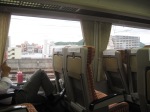
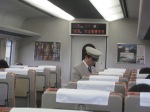

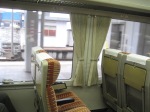

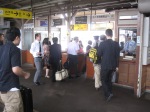
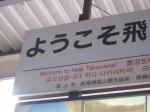






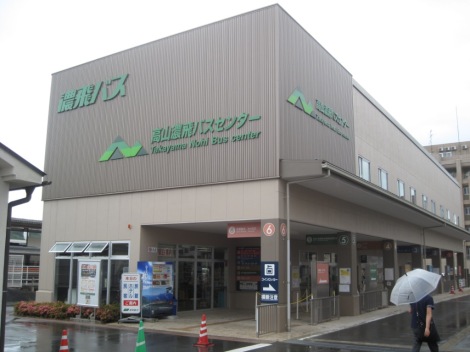
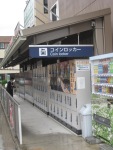

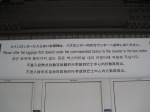



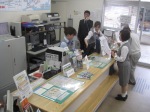

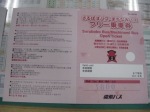



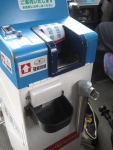
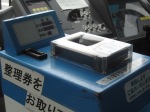
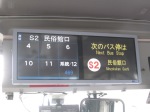

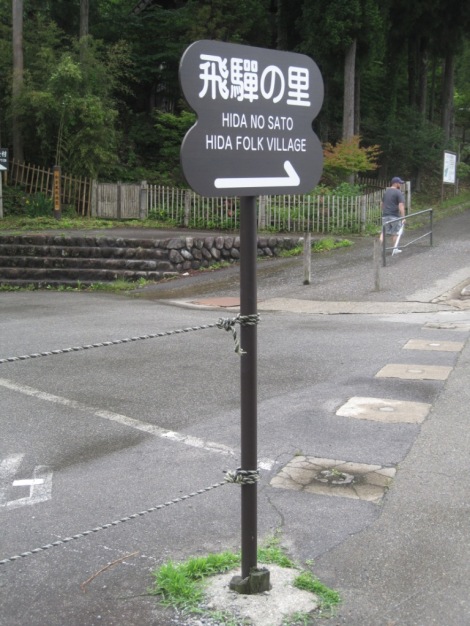
Thanks for the great post. It is a nice ride into Takayama via the “Wide View Hida” Limited Express train and a lot quicker than driving, which we have done a few times. I can highly recommend a visit to Hida no sato, we went during winter and it was beautiful with all the snow. Cold, but very beautiful!
Thanks! I agree, it’s a really easy trip via the train and feels shorter than the 2 hours it takes! Glad to hear that you enjoyed Hida no Sato…I’ll have my opinions on the place in the next post in this series!
Excellent story. I love the part of the river between Kawabe and Shirakwa-guchi. My dream is to go down that section on a canoe.
Thank you! Well, that certainly seems like a dream not impossible to realize!